Week 7/2024: Theatre and walking
Content warning: Euthanasia
Week of 12 February 2024
We had a public holiday on Monday, which was very welcome. I went to see the play Last Cab to Darwin on Wednesday. And on Sunday, Kramstable, Lil Sis and I went in Run the Bridge.
A Wednesday night out
Last Cab to Darwin
Last Cab to Darwin is a play by Australian playwright Reg Cribb. It’s based on the true story of Max Bell, a taxi driver from Broken Hill, who was diagnosed with terminal stomach cancer in the 1990s. I went to see the performance by the Hobart Repertory Society at the Playhouse Theatre on Wednesday night.
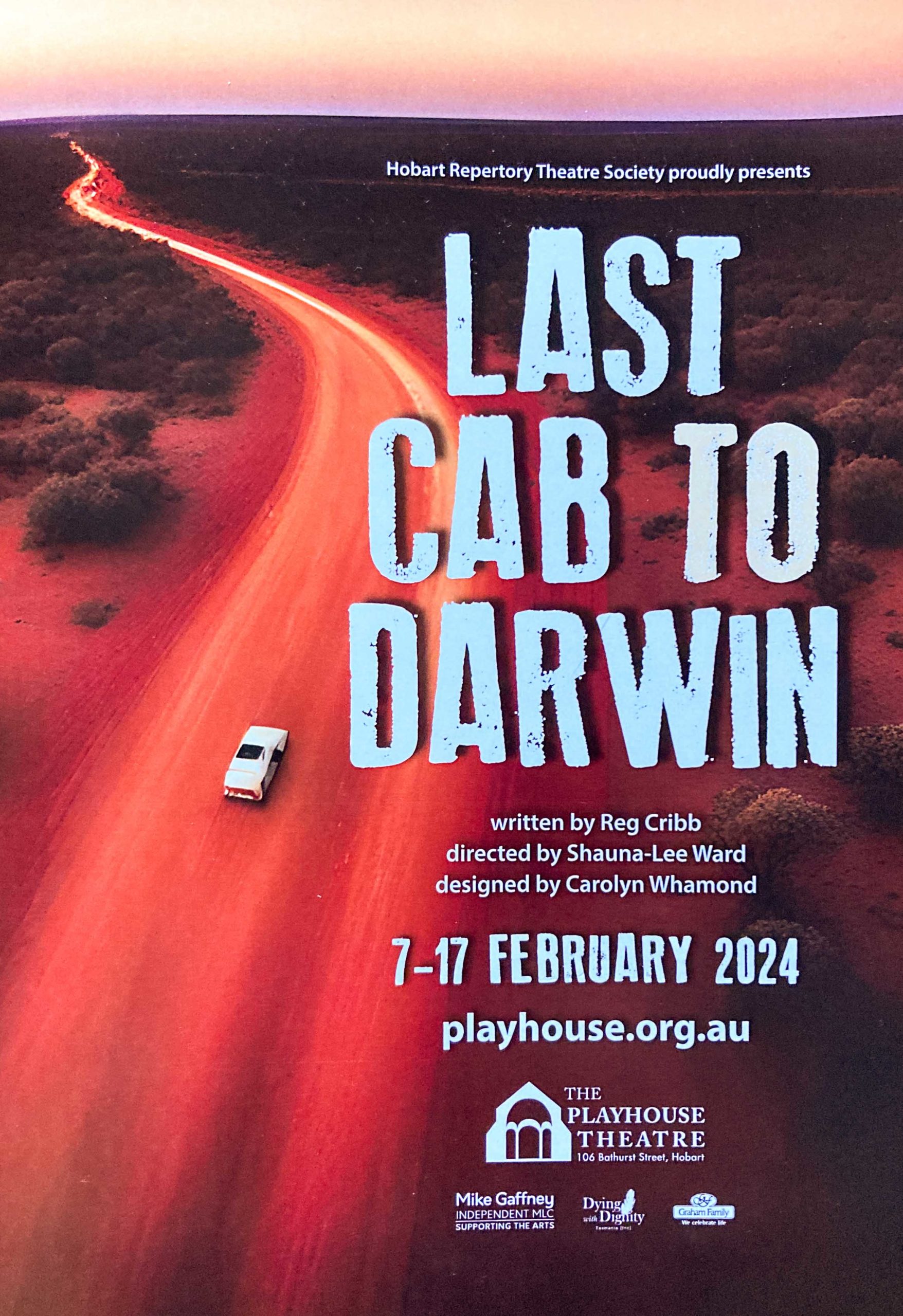
In the play, Max decides to end his own life under new legislation decriminalising physician assisted dying (euthanasia) in the Northern Territory. To get there, Max drives his taxi 3,000 km from Broken Hill to Darwin.
The play traces Max’s journey from his diagnosis into his decision to take his own life, and his long drive through the centre of the country to access the new law with the help of the doctor who has been campaigning for euthanasia.
The law, the Rights of the Terminally Ill Act 1995 (NT), came into force in 1996 and, while it was in force, three people died using physician-assisted suicide. It was a controversial law, attracting support from right to die groups and opposition from pro-life groups.
The Act was nullified in 1997 by Commonwealth legislation that prevented territories from legalising euthanasia. This was possible because the federal government is able to legislate for the territories and can overturn their legislation. It can’t do this for state laws as states have their own legislative power. Thus the Tasmanian voluntary assisted dying legislation, which came into effect in October 2022, can’t be overturned by the Australian Parliament.
The play
The play touches on some of the controversy surrounding the law, but obviously the main focus is on Max, as he says good bye to his mates, his dog and his good neighbour, and sets off on his final journey. The notes from the Director, Shauna-Lee Ward, observe that while the play is about euthanasia, its real story is about life. It is, she writes, “A story of home, mateship, courage, perseverance and sharing life’s journey with those you love. It’s the story of Australia in the 1990s, a country that was big, beautiful and struggling.”
The program respectfully acknowledges the lands that Max travels through as having been under the continued custodianship of First Nations people for tens of thousands of years, holding a rich cultural, spiritual and historical significance.
Last Cab to Darwin has also been made into a movie starring Michael Caton.
It was a fantastic production and the lead actor, Brendon Flynn, was wonderful as Max. He was on stage for almost the entire three hours of the performance which is a huge effort.
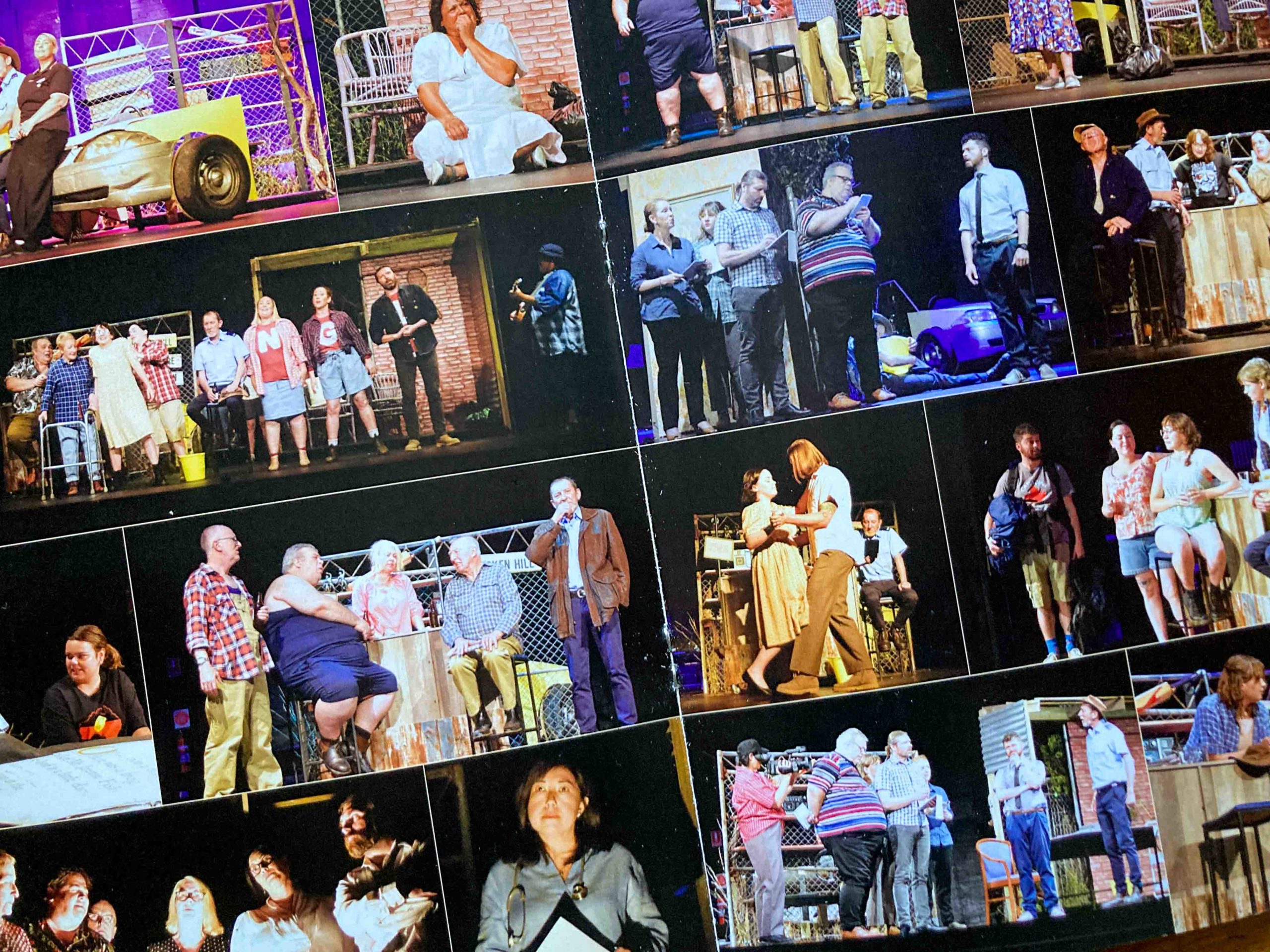
The set was outstanding too, with almost everything recycled and second hand. “Nothing is square, nothing is clean; it’s ugly and beautiful and built with the biggest heart in the world—just like the people of our outback”.
Amazing.
Night wandering
The play finished just after 10.30, leaving me about half an hour before my last bus home.
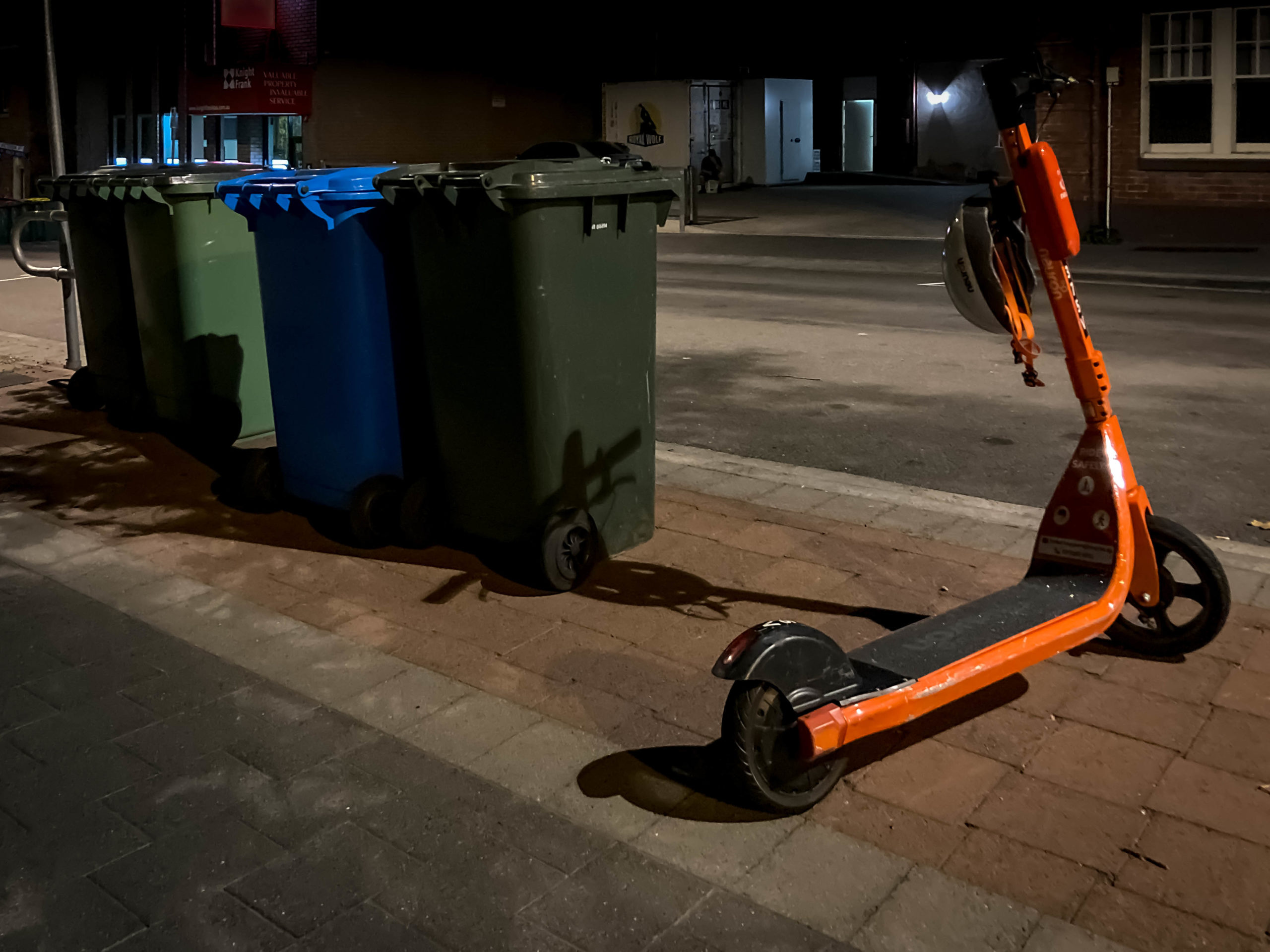
This gave me time to wander and get some ideas for future photos.
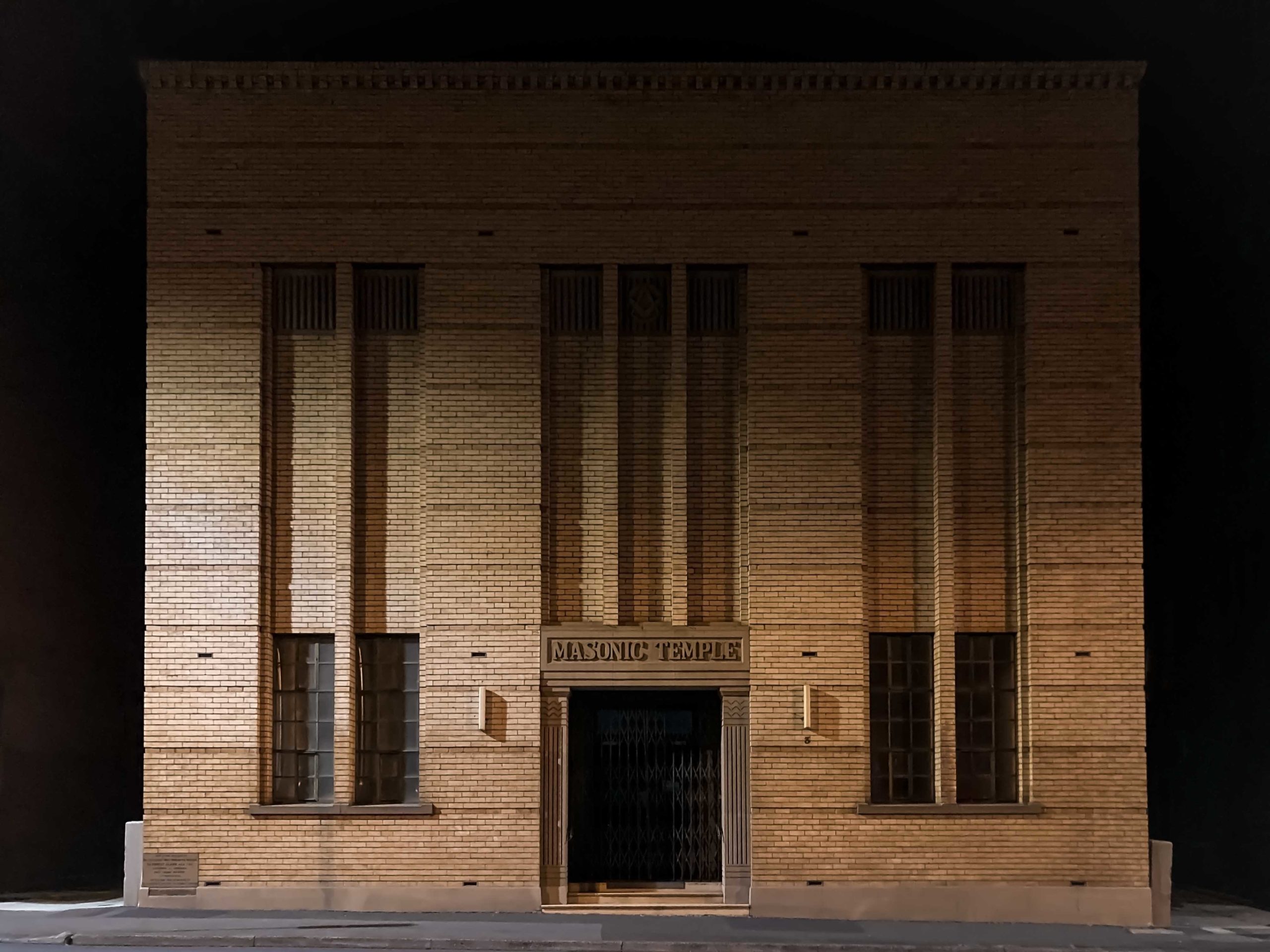
Week 7 summary
Habit tracker
- 9.30 shutdown: 5/7 days
- 8,000 steps: 7/7 days
- 25 minute timer setting: Still working out how to track this one
What was the best thing about this week?
Sunday was Run the Bridge, a five km walk that Lil Sis and I usually do together.
In previous years, Kramstable has done the five km run but this year he wanted to stretch himself and do the full 10 km event.
On the other hand, I was worried I wouldn’t even be able to walk five km. Since my Point to Pinnacle walk in November, I hadn’t walked any further than about two km. I feel very unfit and I don’t think having covid has helped. I get breathless a lot quicker than I used to but I don’t know if it’s because I haven’t been walking as much or if some damage has been done.
It’s a bit of a chicken and egg thing, I think, and I’m really struggling to get back into walking.
Anyway, I decided to give the event a go, and my goal was to finish. I didn’t care how long it took. I just wanted to get to the end.
And I did.
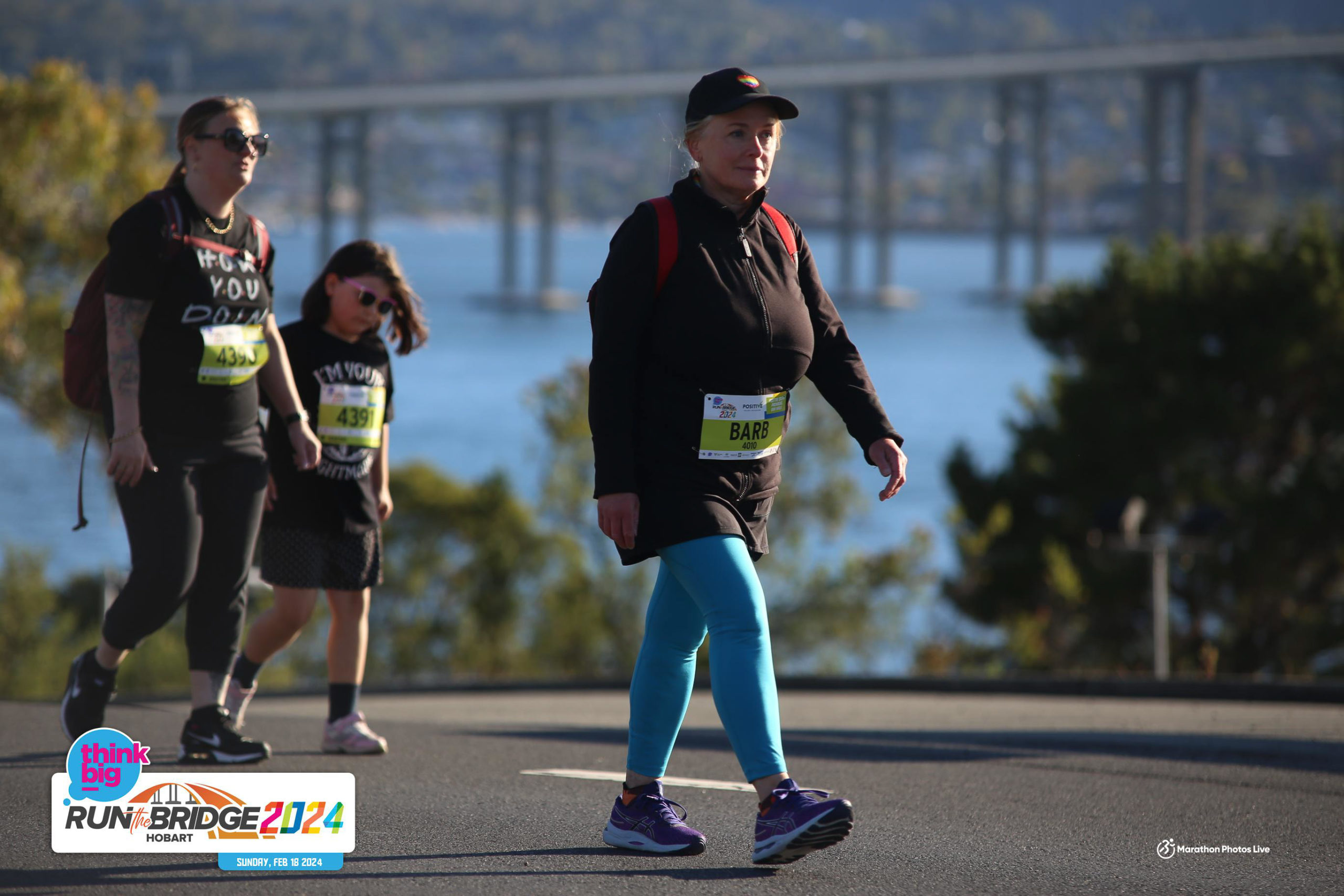
Kramstable finished his run faster than he’d expected, so overall we were both feeling pretty happy about the day.
What did I notice this week?
The Commonwealth Bank logo on the Marine Board Building.
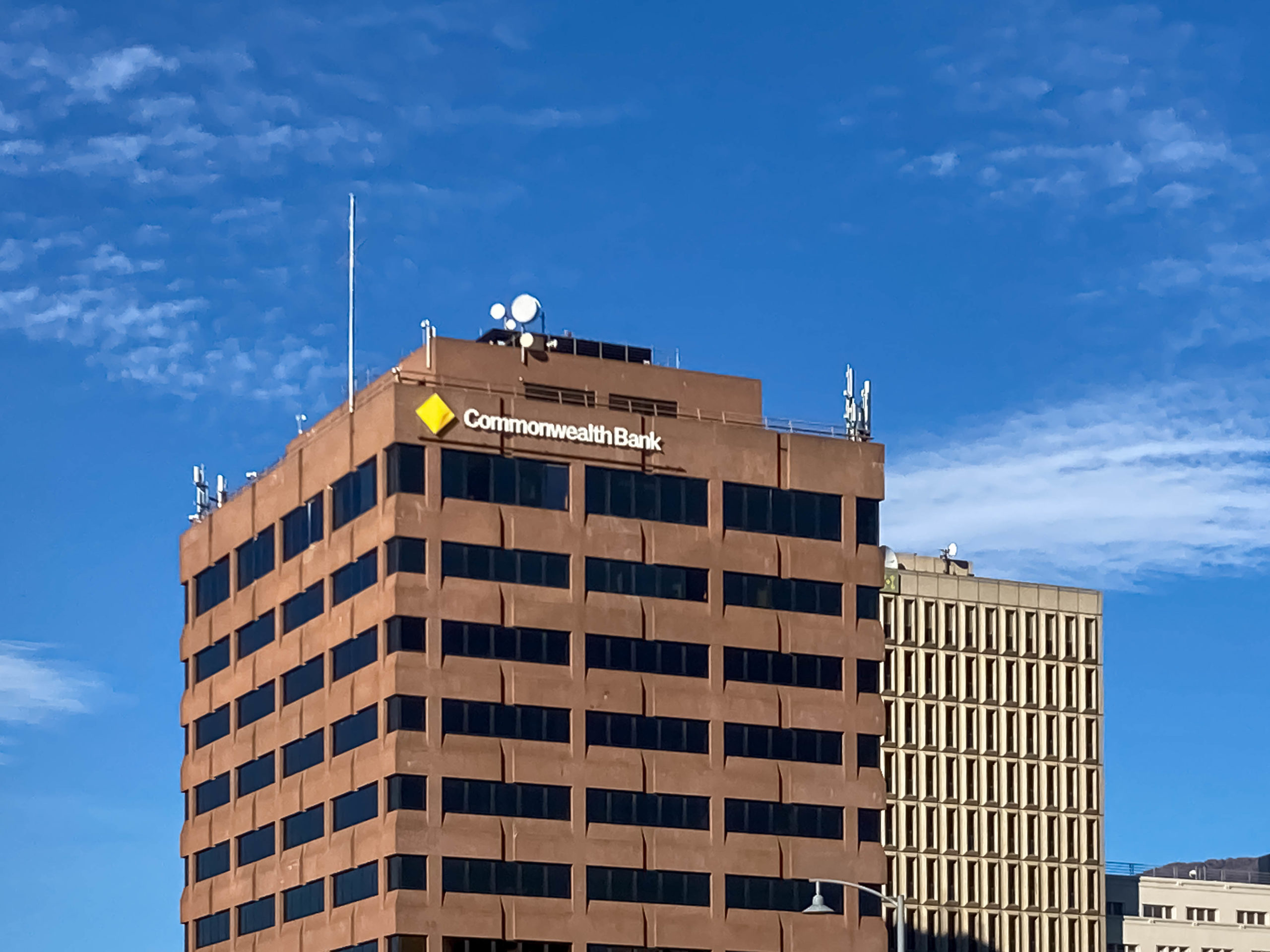
Doesn’t the Commonwealth Bank already have a perfectly good building on Elizabeth Street? It was pink granite and it recently got painted.
I’m curious about what’s going on here.
What did I learn this week?
The Playhouse Theatre was built in 1864 as a chapel. In 1900 it became the Helping Hand Mission and in 1935 it operated as the Azumu Cinema. The Hobart Repertory Society bought it in 1937 and renamed it the Playhouse Theatre.
I had no idea it had originally been a church, but now I know, it’s really obvious from the design.
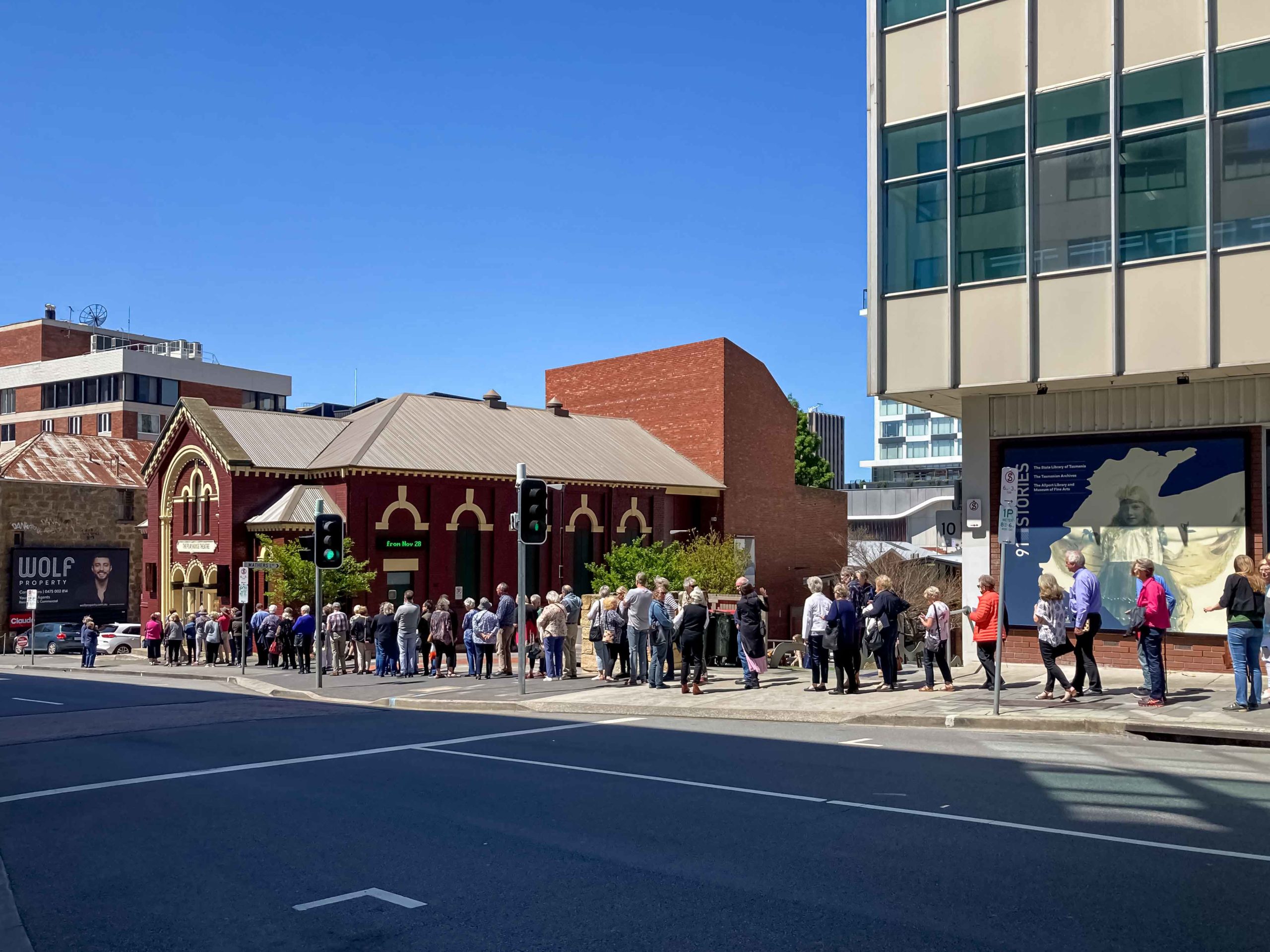
(I don’t have a proper photo of it . . . but you get the idea.)
What I’m reading this week
- A Girl Called Corpse by Reece Carter